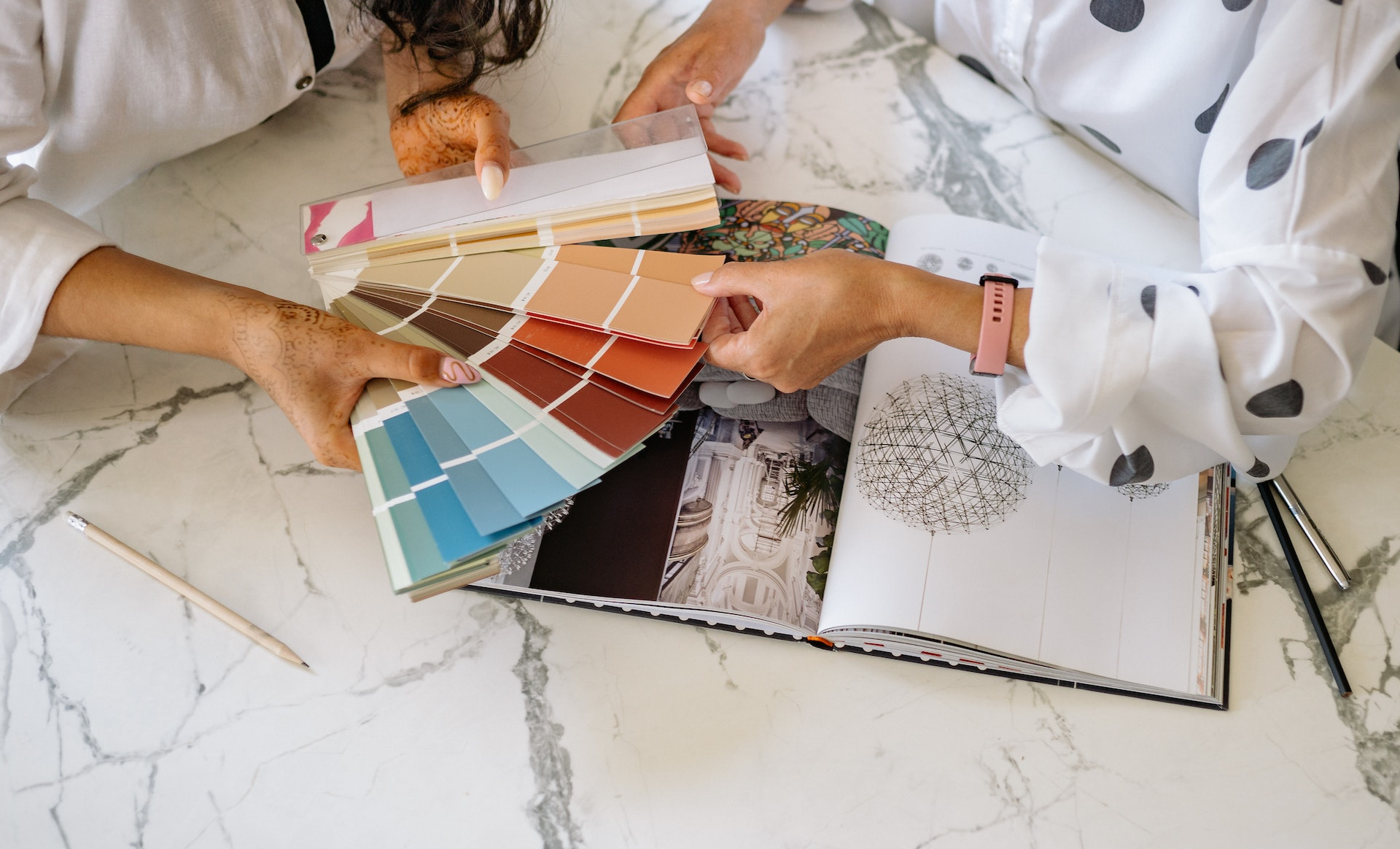
What Is The Future Of Showrooms?
Mpowered Podcast, Episode 16 Show Notes
Welcome to Mpowered, the podcast brought to you by Material Bank and created by ThinkLab.
In this bite-sized episode, we tackle the question, "What is the future of showrooms?” As showrooms are moving from analog museums to digital spaces, Host Erica Waayenberg, head of research and content at ThinkLab, offers insight into how you can activate a product within the showroom, integrate digital features, and extend your outreach to a broader audience.
Subscribe to view future episodes here:
Have a Question?
If you have a question or topic you’d like us to tackle on air, we’d love to hear from you. Simply direct-message Material Bank on Instagram with your success story or question through the messaging function.
Transcript
Welcome to Mpowered, the podcast brought to you by Material Bank and created by ThinkLab. Consider this your new weekly dose of bite-sized, actionable insights to help you succeed as a B2B rep. I’m this week’s host, Erica Waayenberg, head of research and content at ThinkLab.
We’ll be answering one key question each week, many of them submitted by you. Want to join in? We’ll share details about how to submit your question at the end of this episode.
Our question this week: What is the future of showrooms?
Seventy-four percent of Americans prioritize experience over product, according to Digital Commerce 360. So, what does that mean for the future of showrooms and how they are used by architects and designers?
Today, the product specification process has a digital component every step of the way. Showrooms are shifting from analog product museums to digitally enhanced product activation spaces. So, what should you be doing to support this shift? Let’s dive in.
First, reps should focus on the activation of the products within the showroom space.
Going back to the statistic we mentioned, future innovation in our industry will focus on process, not product. Designers are challenged to meet the flexibility demands of their clients from every sector, from workplace to healthcare to hospitality. Showrooms that can activate a product and show how it’s adaptable, flexible, and customizable to the users’ needs and spaces are essential. It will make the interaction within the showroom space memorable, and will help the designer communicate and visualize to their client the vast capabilities of the product. And when clients fully understand and imagine the product, they are able to justify the investment.
Next, reps should focus on integrating digital elements into their showroom tours.
Technology can expand the view of your products’ capabilities to show multiple applications of products where there simply isn’t enough square footage to show everything. This also empowers designers along their specification journey by leveraging QR code technology that can link them to information and resources that they will need once they leave your space. Takeaway postcards or tags with product names and QR codes would be helpful, too. These will remind the visitors after they’ve left what products they liked, versus sifting through a website trying to remember what they enjoyed.
Make sure to highlight these opportunities to designers or clients as you’re walking them through your space. At ThinkLab, we’re big proponents of phygital experiences. It’s taking the physical and digital tools that you have at your disposal to drive sales (like your showroom or your website), and turning them into a synchronized swimming team.
The last point we’ll go over is how to activate your showroom online.
Many brands are investing in online and digital showrooms in addition to their physical ones, like a digital twin in the metaverse. But how can that support your sales efforts? Use a digital showroom as an opportunity to educate and align with your A&D constituents. Promote the opportunity for designers and architects to engage with your showroom before their visit, so they know exactly what to look for when they get there and can clue you in, so that you’re ready with all the possible supporting samples or information. After a group has stopped by the showroom, remind them that the digital version is there to refresh their memory and shop for what they liked. Having a digital showroom also allows designers who can’t be there in person to still experience the space and products. This could extend the outreach of brands to designers that never would have been able to interact with that space before.
All in all, the future of showrooms is changing. As a rep, embracing any experiential or digital elements that are at your disposal and highlighting how those elements support A&D —through visualization of the product, detailed product information online, and extended access to the showroom for their teams —is sure to create a meaningful experience and a lasting impression.
Thank you for listening in, and I invite you to listen in each week for more tips and tidbits to empower you as a rep.
If you have a question or topic you’d like for us to tackle on air, we’d love to hear from you. Simply direct message Material Bank on Instagram or LinkedIn. Drop us a note with your success story or question by clicking on the message button.
 Special thanks to Material Bank for partnering with us to provide bite-size, valuable insights for B2B reps in the interior design industry.
Special thanks to Material Bank for partnering with us to provide bite-size, valuable insights for B2B reps in the interior design industry.





